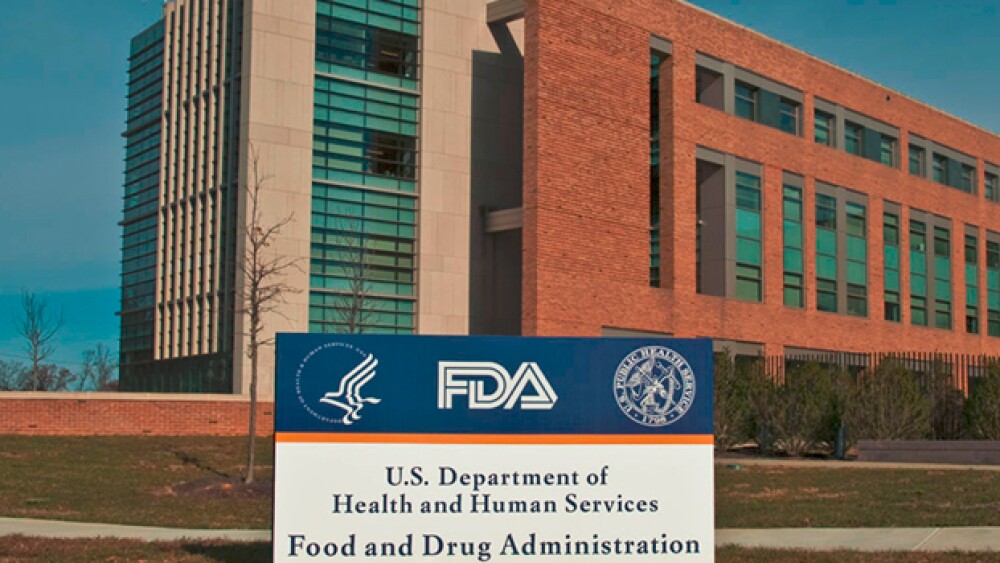The U.S. FDA announced a new pilot program aimed at stimulating the use of complex innovative clinical trial designs for drugs and biologics. Announced on Wednesday, August 29, the pilot program will continue through September 30, 2022.
The U.S. Food and Drug Administration (FDA) announced a new pilot program aimed at stimulating the use of complex innovative clinical trial designs for drugs and biologics. Announced on Wednesday, August 29, the pilot program will continue through September 30, 2022. Sponsor companies have until June 30, 2022, to submit meeting requests. Comments on the program can be submitted until October 1, 2018.
The pilot program is the sixth version of the Prescription Drug User Fee Act (PDUFA), which is generally used to describe the agency’s target action date for drug approvals. The agency states that this iteration “highlights the goal of facilitating and advancing the use of complex adaptive, Bayesian, and other novel clinical trial designs.”
The new pilot program will allow sponsors—i.e., biopharma companies and anyone else launching a clinical trial—who are chosen for the program to “meet with Agency staff to discuss the use of complex innovative trial design (CID) approaches in medical product development.”
The meetings will be run by the FDA’s Center for Drug Evaluation and Research (CDER) or Center for Biologics Evaluation and Research (CBER) during the fiscal years of 2018 to 2022. Each sponsor applicable will have two meetings with either of the agency’s CDER or CBER to discuss various approaches. “To promote innovation in this area,” the FDA states, “trial designs developed through the pilot meeting program may be presented by FDA (e.g., in a guidance or public workshop) as case studies, including trial designs for drugs that have not yet been approved by FDA.”
There are four primary eligibility requirements. The first, the sponsor is required to have a pre-IND or IND number for the medical product or products included in the CID proposal. Two, “the proposed CID is intended to provide substantial evidence of effectiveness to support regulatory approval of the medical product.” Third, the clinical trial isn’t the first in humans, and there should be enough clinical data to inform the proposal. And fourth, the sponsor and the FDA have to be able to agree on how much of the trial design information can be publicly disclosed.
Since it plans to grant up to two meeting requests per quarter as part of the pilot program, the FDA indicates it expects its selections to be based on innovative aspects of the trial design, particularly if it might have advantages over other approaches. The agency states, “Initial priority will be given to trial designs for which analytically derived properties (e.g., type I error) may not be feasible and simulations are necessary to determine operating characteristics.”
Secondly, the agency expects acceptance of the proposals will be related to therapeutic need.
Regulatory Focus notes that, “Plans to launch the pilot were first discussed during a public meeting in March, though certain concerns were raised by stakeholders such as Genentech and Biogen regarding flexibility and scope.” Genentech specifically asked if the trial involved diagnostics, would the FDA’s Center for Devices and Radiological Health (CDRH) be involved. And Biogen was particularly concerned about how much data be made available to the public
FDA Commissioner Scott Gottlieb stated on Wednesday, “Through interaction between FDA and pilot participants, this program will help accelerate the development of products in areas of unmet need and ensure knowledge exchange to help advance the scientific community’s approach to designing clinical trials overall… .”





